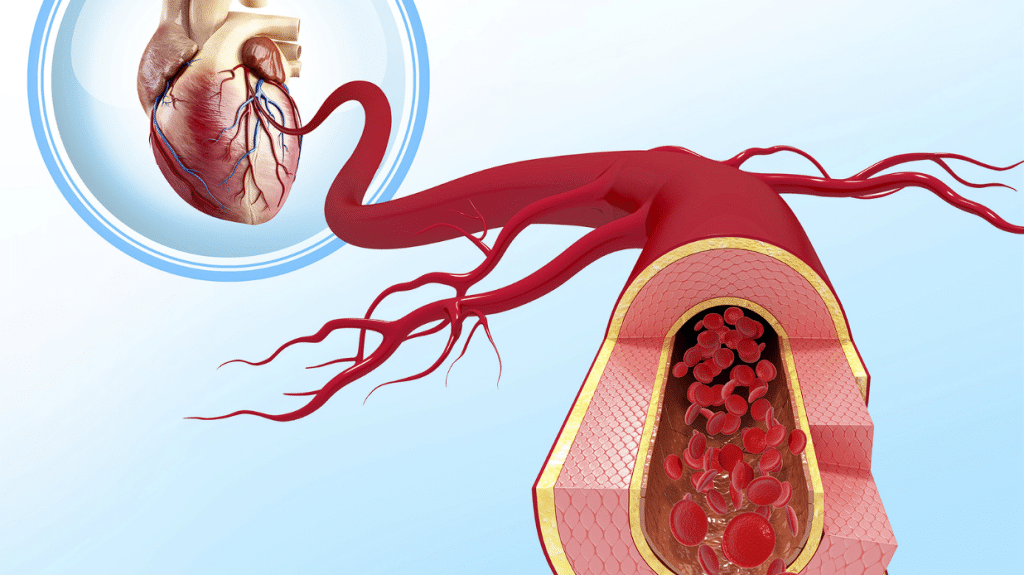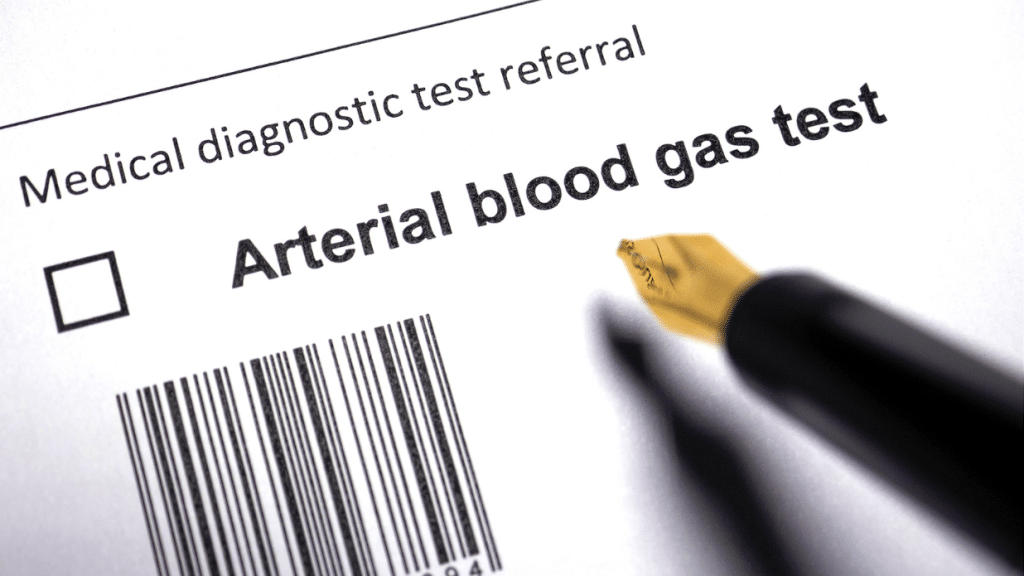Arterial Blood Gas
Arterial blood gas (ABG) is a medical test that measures the levels of oxygen and carbon dioxide in your blood. It also measures the acidity (pH) of your blood. This test is usually done on a blood sample taken from an artery.
An ABG test is used to check how well your lungs are able to move oxygen into your blood and remove carbon dioxide from your blood. It can also be used to check for lung diseases and other conditions that affect your breathing.

The Arterial Blood Gas calculator is a tool that can be used to quickly and easily calculate the arterial blood gas values for a patient.
The Arterial Blood Gas (ABG) calculator is a tool that can be used to quickly and easily calculate the arterial blood gas values for a patient. The ABG calculator can be used to determine the pH, PaCO2, and HCO3- values for a patient based on their blood gas results. This tool is a valuable resource for medical professionals who need to quickly calculate arterial blood gas values for their patients.
The calculator can be used to determine the arterial blood gas values for a variety of different patients, including those with respiratory problems and those with cardiovascular problems.
Arterial blood gas (ABG) values can be very useful in assessing a patient’s respiratory and cardiovascular status. The calculator can be used to determine the ABG values for a variety of different patients, including those with respiratory problems and those with cardiovascular problems. This information can then be used to tailor the patient’s treatment plan accordingly.
The calculator can be used to help determine the best course of treatment for a patient based on their arterial blood gas values.
Arterial blood gas (ABG) values can provide important information about a patient’s respiratory status and how well their lungs are functioning. The calculator can be used to help determine the best course of treatment for a patient based on their ABG values. For example, a patient with a high carbon dioxide (CO2) level may be given a breathing treatment to help remove the excess CO2 from their body.

The calculator can be used to monitor a patient’s progress over time and to make sure that their arterial blood gas values are within the normal range.
If you have ever been to the doctor for a checkup, you may have had your blood pressure, heart rate, and other vital signs monitored. These numbers provide important information about your health and can help your doctor determine if you are progressing as expected.
Arterial blood gas (ABG) testing is another way to assess your health status. This test measures the levels of oxygen and carbon dioxide in your blood. It can also provide information about your pH level and how well your lungs are functioning.
ABG testing is typically done on patients who are hospitalized, but it can also be used to monitor a patient’s progress over time. This information can be especially helpful for those with chronic lung conditions, such as asthma or COPD.
If you are scheduled for an ABG test, you will likely have a small tube inserted into an artery, typically in your wrist. This tube is connected to a machine that will measure the levels of oxygen and carbon dioxide in your blood.
The results of an ABG test can help your doctor determine if your oxygen levels are low and if your lungs are not functioning as well as they should. It can also help to identify other problems, such as an imbalance in your pH level.
If your ABG test results are outside of the normal range, it does not necessarily mean that you are sick. However, it is important to discuss these results with your doctor so that they can determine if further testing or treatment is necessary.

The calculator can be used to help troubleshoot problems with a patient’s arterial blood gas values.
If you’re having trouble understanding your arterial blood gas values, a calculator can be a helpful tool. By inputting your values, you can see what the ideal range should be for each individual component. This can help you to identify any potential issues and take steps to correct them.